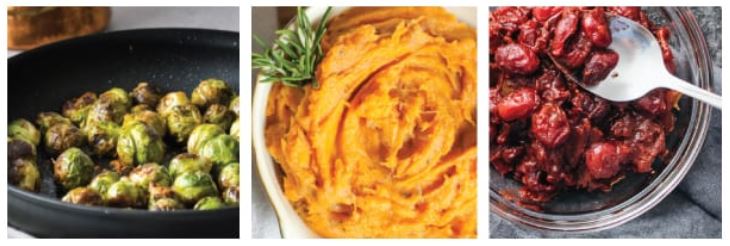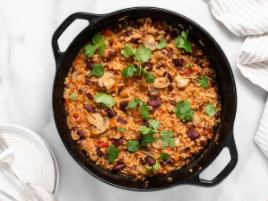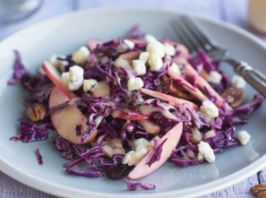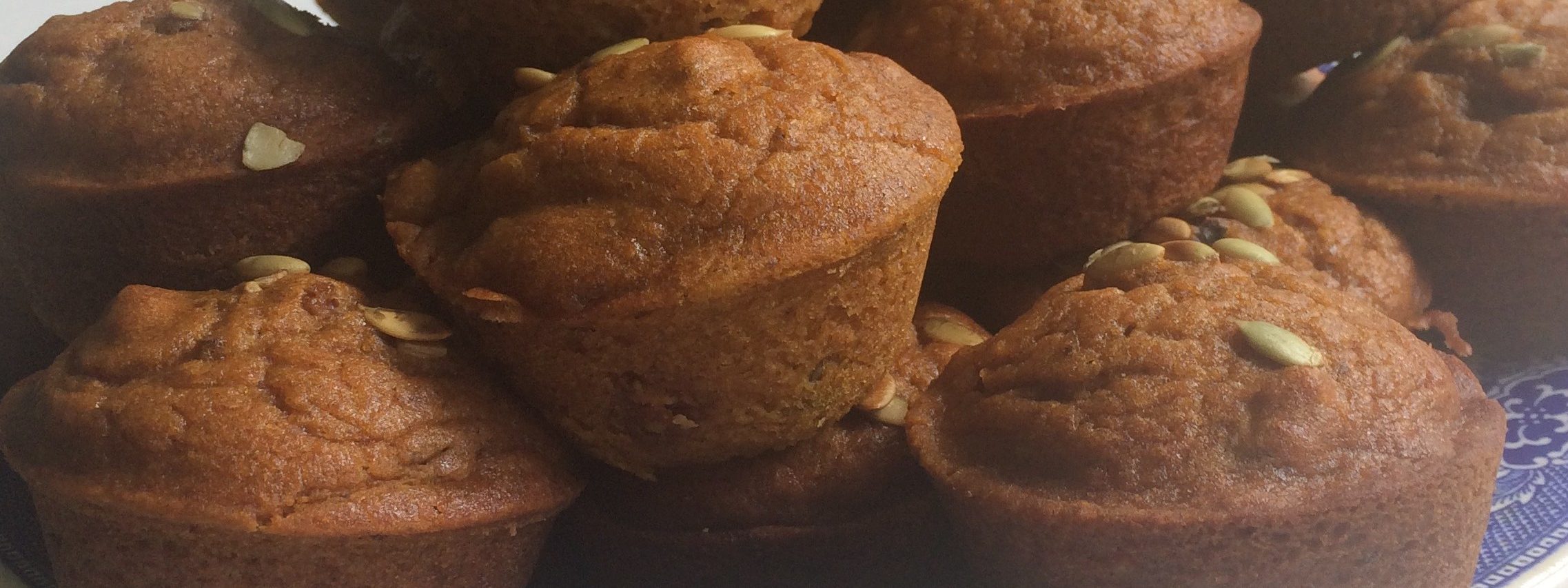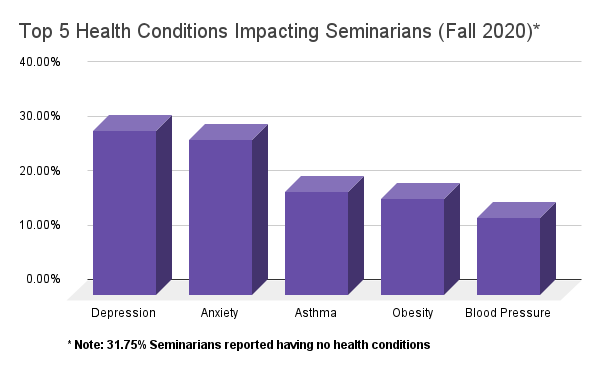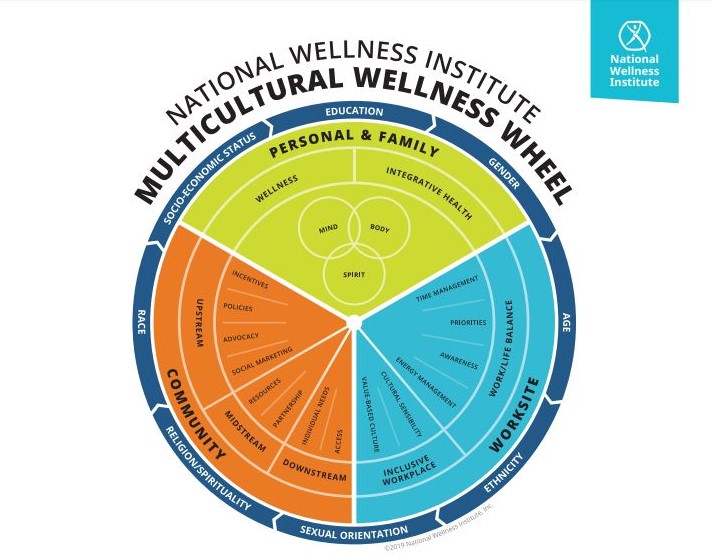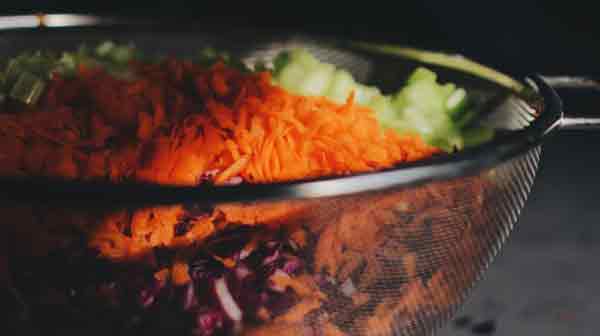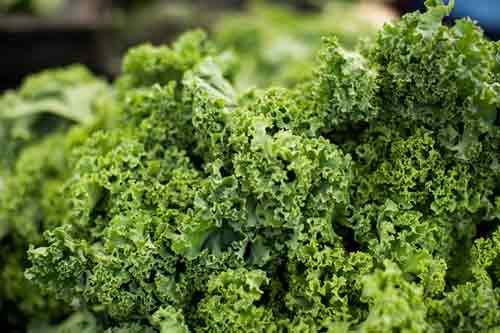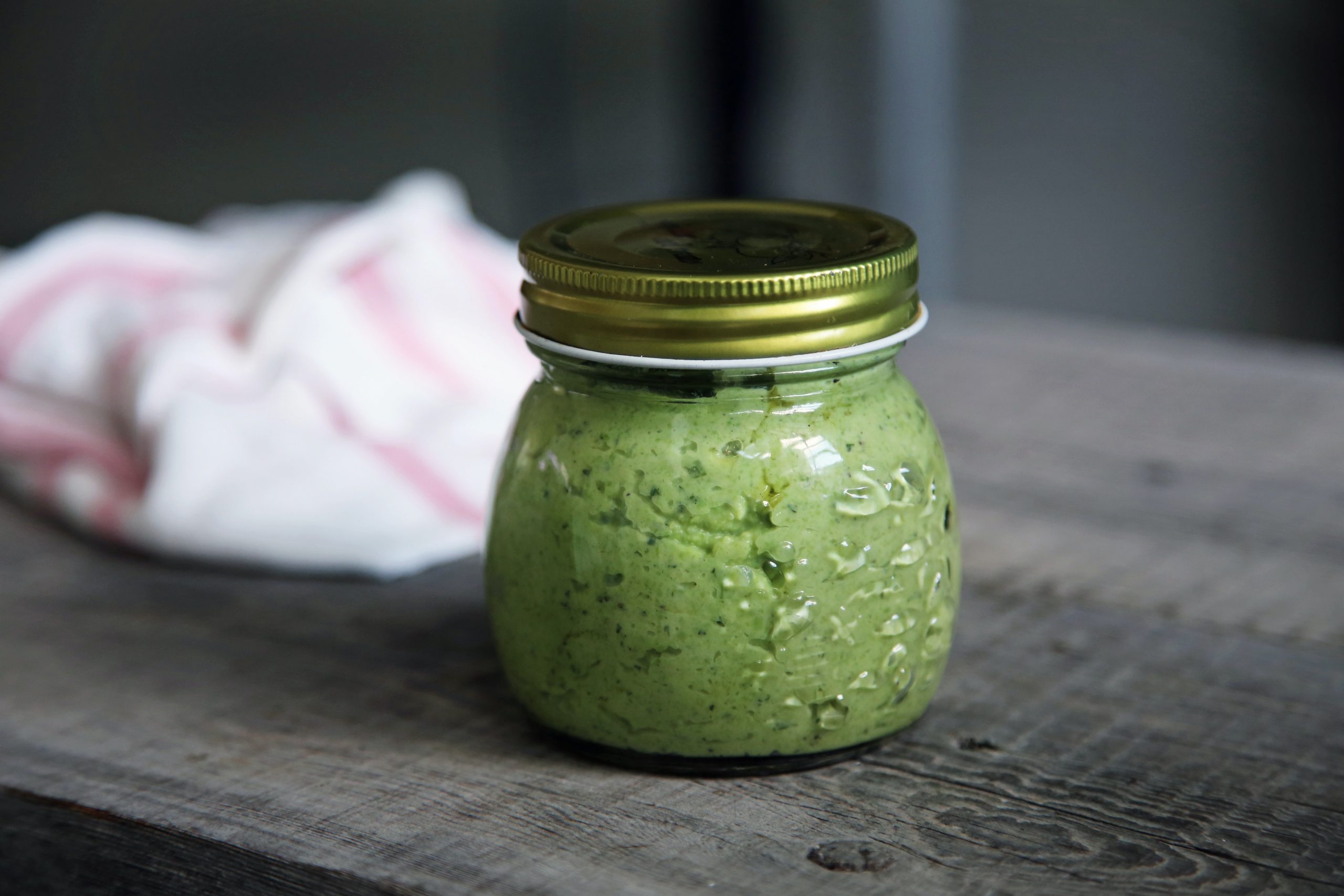It is hard to believe that in a little over two weeks it will be Thanksgiving, which officially kicks off the traditional franticness of the holiday season, and before we know it Christmas presents will have been unwrapped and the ringing in of the new year completed. While there are many aspects of the holiday season that are joyful and are fun to anticipate, it is also important to acknowledge that we are also entering into our second COVID impacted holiday season. A time where we will be combining the “normal” stress of the holiday season plus dealing with the chronic stress of dealing with COVID, which has caused: increased anxiety, depression, fatigue, restless sleep, stress eating, decreased physical activity, and more.
One the one hand, this may look like the perfect storm for our overall health and wellbeing. On the other hand, if we take a few minutes now and commit ourselves to doing several small (and manageable!) caring-for-self practices throughout the holiday season (click here for some tips and ideas), not only will we feel much better in the midst of the stressful season, but we will also be able to enjoy the celebration of Christ’s birth and excitement of the new year more fully!
In addition, due to the chronic stress that many of us have and will be facing, we hope you will check out some of the other stress-oriented articles, resources, as well as the information about our new 6-week “Restore and Renew: Strategies for Stress” program (starting in mid January) found in this stress edition of our newsletter.
Peace,
Karen and Travis Webster
HSHC Co-founders
“Fear not, for I am with you; be not dismayed, for I am your God; I will strengthen you, I will help you, I will uphold you with my righteous right hand.”
Isaiah 41:1-10


